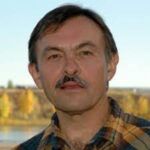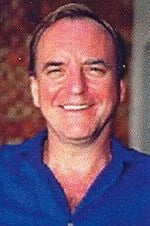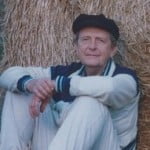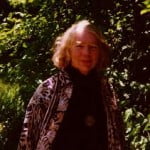Opening The Way For Healing – Ernest Pecci (Is.4)
by Ernest Pecci
 Often the emotional state of a patient closes doors to allopathic and other forms of healing. Whatever is attempted to relieve or reverse physical distress will then fail. Expression and healing of the emotions change the energy field of the patient so that help with healing can come through. There is no sudden “cure,” no miracle, but conventional ways of healing open up that are effective. This emotional reframing can take place on any level—in examining current relationships, in looking into childhood or birth distress, or in living through other lifetimes. In the latter case the reframing of the emotional situation in other lives makes possible a more effective intervention in this one.
Often the emotional state of a patient closes doors to allopathic and other forms of healing. Whatever is attempted to relieve or reverse physical distress will then fail. Expression and healing of the emotions change the energy field of the patient so that help with healing can come through. There is no sudden “cure,” no miracle, but conventional ways of healing open up that are effective. This emotional reframing can take place on any level—in examining current relationships, in looking into childhood or birth distress, or in living through other lifetimes. In the latter case the reframing of the emotional situation in other lives makes possible a more effective intervention in this one.
Les, a young man … Read the rest

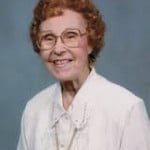 by
by 